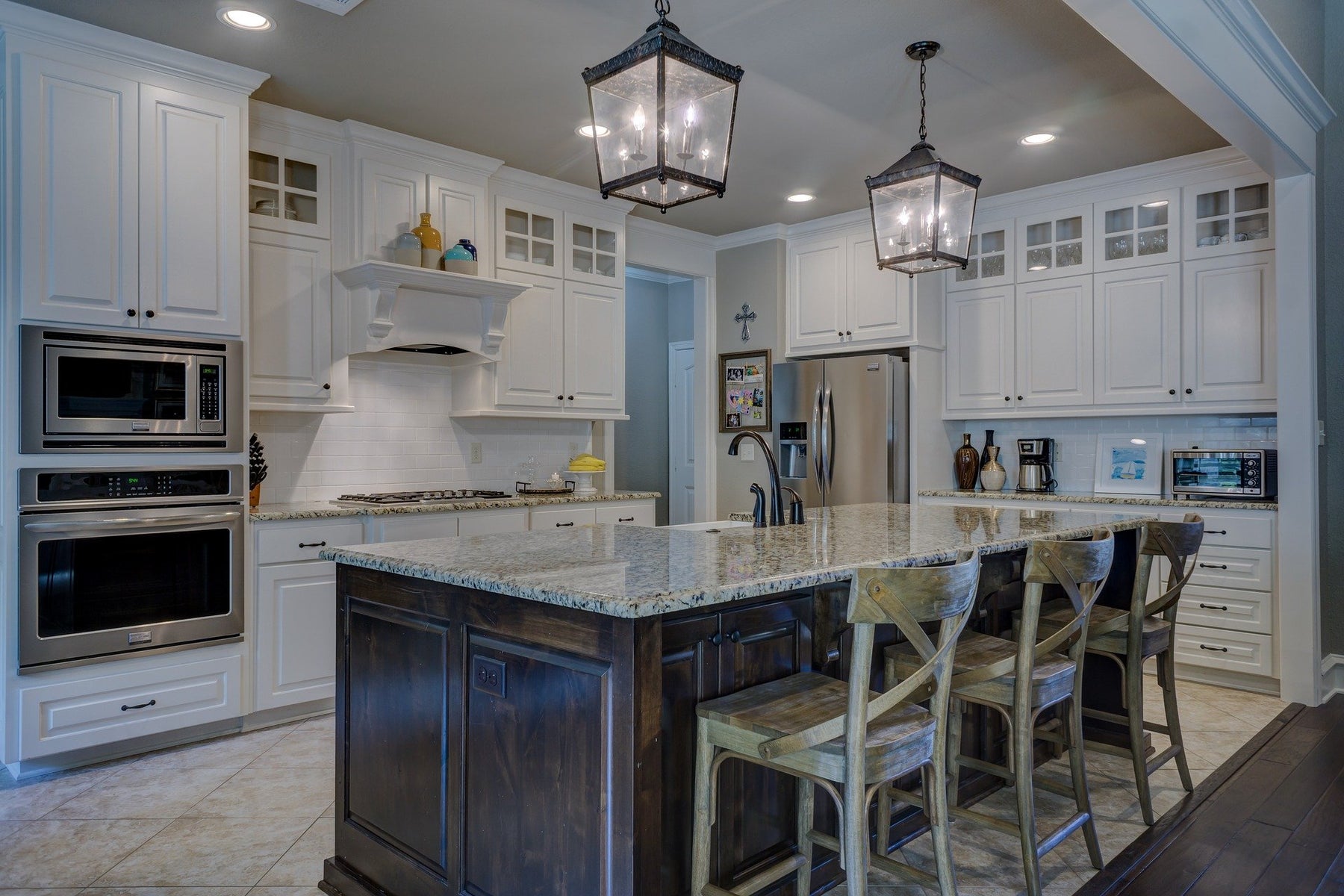
How much light do I need for a room? (Part 3)
"If the scene is a dish and the soft furnishings are ingredients, then light is an indispensable spice."
When we choose lighting products, we will be entangled with all kinds of ideas such as:
How much is commonly referred to as adequate lighting?
How to calculate the number of LED lights to create a good lighting environment? The factors affecting luminaire selection are complex and diverse, but in daily life, the following basic aspects are mainly involved:
Lamp wattage
Room size
Room function
Other factors
Let's take a closer look at how these aspects vary from person to person. Only by taking a variety of factors into consideration can we choose suitable lighting products to create a comfortable lighting space.
In the previous articles, we discussed the impact of wattage/lumen,area,and room function on the choice of luminaries. In this article, we mainly discuss the influence of other factors, such as different forms of light source and interior decoration style, on the choice of lamps.
Read more:
How much light do I need for a room? (Part 1)
How much light do I need for a room? (Part 2)
When we design the light solution for a space, we achieve the desired space brightness through theoretical calculations, but after we install it, it is not always as bright as expected. Why would this happen?
4. Factors affecting the selection of lamps are complex, major factors include:
4.1 Position of the light source:
Whether the light is to cast toward the wall or concentrate downward to the ground, refraction methods have a great impact on the indoor illumination. For example, a 10W A19 bulb illuminates the entire space when used in the ceiling, While a 10W spotlight installed in the same space only illuminates a small circular area below itself. If you need to achieve the same required illuminance, you should increase the number of light sources, that is, in this case, equivalent to increasing the "wattage" of the light source.
4.2 Perceptions of user groups by age:
Different people have different perceptions of light. Under the same lighting conditions, some people think it is very bright while some people think it is not bright enough, which is a normal phenomenon. Different people have different demand for light. . Age, for example, largely influences human visual system and thus one’s sensitivity to light. At the age of 20, human relative vision is 100%, and the sensitivity to light is 100%; at 30, relative vision is 95% and sensitivity 100%. While at 70, relative vision falls to 35% and sensitivity rises to 200%.
That is why age should be considered when designing the lighting solution for a space.
4.3 Design style:
Color tone of the space and furniture material, and size all have impacts on the lighting effect. Dark space appears dim, light space are brighter. Taller and brunet furniture tend to block and absorb part of the light, making the original brightness visually "weakened".
4.4 Color temperature (CCT) and light form, etc.
In this article, we mainly discuss the importance of form and CCT of the light.
Hallway:
It is better to use small lamps, downlights, small chandeliers, and induction lights.
Ceiling lights are installed on the ceiling of the entryway to distribute uniform ambient light.
There are no strict restrictions on color temperature selection.
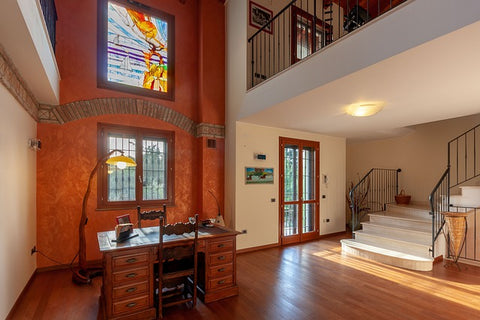
Living room:
It is recommended to use adjustable lamps in the living room. Warm white light below 4000K can be used for watching TV, and cool white 5000K can be used for daily activities.

Bedroom:
It is recommended to choose a bedroom lamp with a color temperature of 2700~3000K. This color temperature light can create a warm environment, which can make you relax physically and mentally and fall asleep as soon as possible.
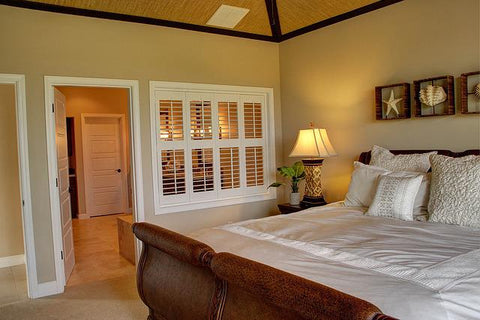
Study:
The study room is a place where you need to use your eyes for a long time. Too high color temperature can easily cause eye strain. Therefore, it is recommended to choose 4000~6000K lamps with high CRI in the study, which is the most suitable for study.
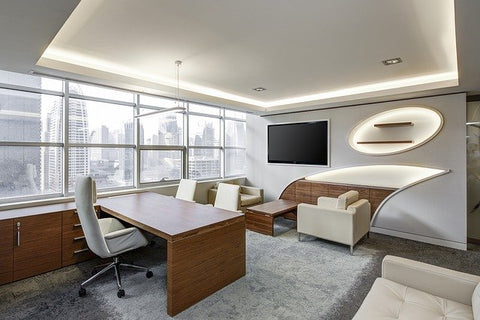
Dining room:
Comfortable experience is very important when enjoying food. It is better to choose warm colors, which can make food more appetizing. In terms of color temperature, it is best to choose 3000~4000k (warm color light), which will not make the food too distorted, but also create a warm dining atmosphere.
Kitchen:
Bright cold light sources or neutral light sources can make the kitchen bright and clean. A cool white light of about 5000K in the kitchen not only reduces your sensitivity to heat, but also stimulates your concentration and makes sumptuous meals for the family.
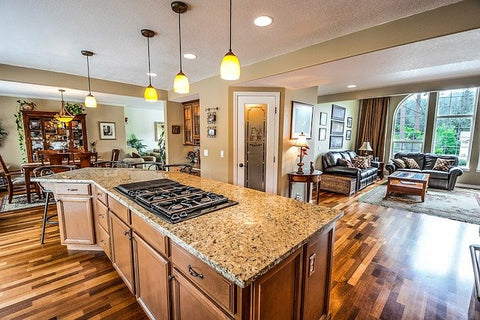
Bathroom:
3000K warm yellow light is recommended for the bathroom to avoid light stimulating your sleepiness.
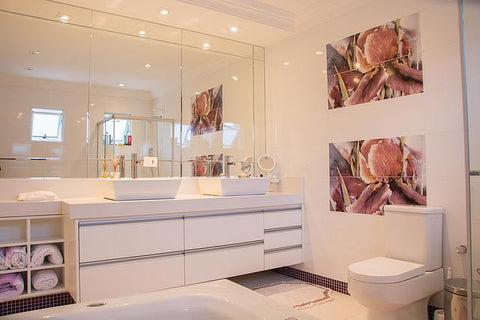
Therefore, when doing the whole house lighting design, many factors such as room function and room size should be considered to make the home lighting environment more comfortable and meet individual needs. Yuji has the best light sources. For a long time, Yuji group is committed to providing customer with a complete lighting solution.We help consumers choose the most suitable lighting products for their own and make them wxperience the physical and mental changes brought by the real quality of the light source.

Leave a comment